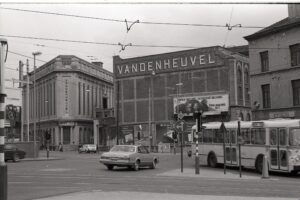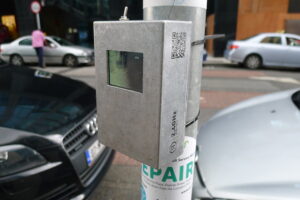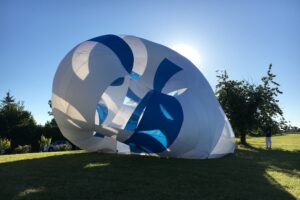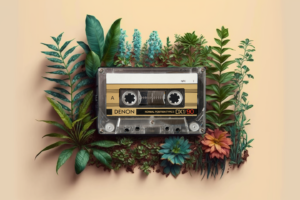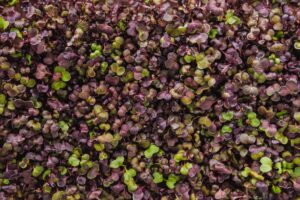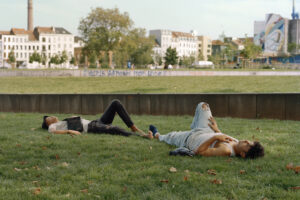The CiDéSol project aims to provide access to decontamination techniques for professional and citizen farmers who cultivate polluted plots and lack access to industrial decontamination methods.
It seeks to determine under what conditions and by what means non-professional citizens involved in decontamination can autonomously handle the decontamination of the soils they use through mycoremediation and phytoremediation techniques.
The strong urbanization and industrial past of Brussels have led to the accumulation of various pollutants in the soil (heavy metals, hydrocarbons, etc.) at concentrations sometimes exceeding accepted standards. Currently, in the Brussels region, 93% of polluted plots are potentially excluded from the legal decontamination system. This system involves initially collecting and then physico-chemically treating the soils industrially, which often results in the biological death of the soil.
However, alternative modes of pollution control exist… For instance, phytoremediation can extract certain heavy metals from the soil using hyperaccumulator plants, while mycoremediation can degrade some organic pollutants through a plant-fungus association. These techniques do not allow for deep soil decontamination but offer hope in some areas to make the soils suitable for urban agriculture. Examples of this type of bioremediation are displayed at CurieuCity.

